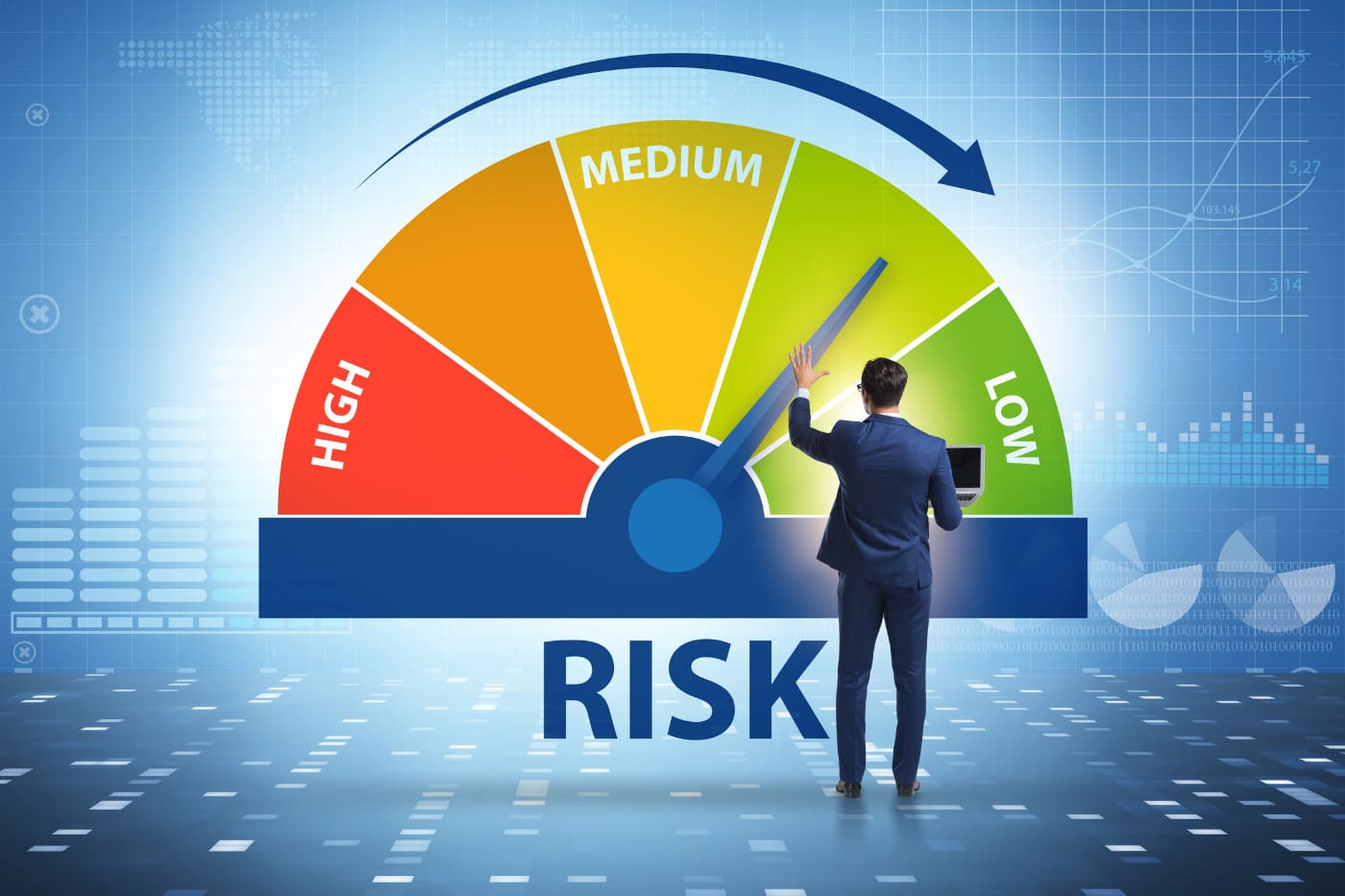Risk Mitigation in Space
Risk Mitigation in Space exploration has always captured the imagination of humanity, pushing the boundaries of our knowledge and technological capabilities. However, venturing into the cosmos comes with inherent risks. The vastness and complexity of space present challenges that demand careful consideration and proactive measures to ensure the safety and success of space missions. This article delves into the critical aspect of risk mitigation in space exploration, examining the various challenges faced by space missions and the strategies employed to navigate these challenges effectively.
Understanding the Risks involving Risk Mitigation in Space
-
Space is Not Empty: Cosmic Hazards
Contrary to popular perception, space is not an empty void. Cosmic hazards such as micro-meteoroids, radiation, and space debris pose significant threats to spacecraft. Micro-meteoroids, tiny particles traveling at high speeds, can cause damage to spacecraft surfaces. Radiation, emanating from the sun and other celestial bodies, can harm both equipment and astronauts. Moreover, the increasing amount of space debris, comprised of defunct satellites and fragments from previous missions, adds an unpredictable element to space travel.
-
Launch and Ascent Risks
The initial phase of a space mission, the launch and ascent, is one of the most critical and risky periods. The rocket faces numerous challenges, including engine failures, structural issues, and unpredictable weather conditions. Understanding and mitigating these risks are imperative for ensuring the success of the mission.
-
Operational Risks and Environmental Challenges
Once in space, spacecraft face operational risks related to equipment malfunctions, communication breakdowns, and navigation errors. Additionally, environmental challenges, such as extreme temperatures and the absence of atmospheric pressure, can impact the functionality of spacecraft components. Addressing these risks requires robust engineering solutions and continuous monitoring.
Risk Mitigation Strategies concerning Risk Mitigation in Space
-
Advanced Materials and Engineering
In response to the threat of micro-meteoroids and space debris, advancements in materials and engineering play a crucial role. Engineers are developing stronger and more resilient materials to withstand impacts, and spacecraft are designed with protective shields to minimize damage. Additionally, innovative engineering solutions, such as deployable shields and active debris removal technologies, aim to mitigate the risks posed by space debris.
-
Radiation Shielding and Health Monitoring
To address the challenges of radiation in space, spacecraft are equipped with radiation shielding to protect both equipment and astronauts. Advances in material science and medical technology contribute to the development of effective shielding solutions. Furthermore, continuous health monitoring systems are implemented to track and manage the exposure of astronauts to radiation during space missions.
-
Launch Vehicle Redundancy and Safety Protocols
The launch phase remains a high-risk period, and ensuring the reliability of launch vehicles is paramount. Incorporating redundancy in critical systems, rigorous testing, and adherence to strict safety protocols minimize the likelihood of launch failures. Continuous advancements in propulsion systems and launch vehicle technology contribute to increased reliability and safety.
Artificial Intelligence and Autonomous Systems in Risk Mitigation in Space
The integration of artificial intelligence (AI) and autonomous systems has revolutionized space exploration by enhancing the ability of spacecraft to adapt and respond to dynamic situations. AI-powered systems enable real-time data analysis, autonomous decision-making, and rapid response to unforeseen events. These technologies play a crucial role in mitigating operational risks and ensuring the overall success of space missions.
International Collaboration and Information Sharing in Risk Mitigation in Space
Space exploration is a collaborative endeavor involving various space agencies and organizations worldwide. Establishing effective communication channels and sharing information on potential risks and solutions are vital components of successful risk mitigation. International collaboration promotes the exchange of expertise, resources, and best practices, fostering a collective effort to address the challenges of space exploration.
Case Studies: Successes and Challenges in Risk Mitigation in Space
-
International Space Station (ISS): A Triumph of Collaboration
The ISS stands as a testament to the effectiveness of international collaboration in space exploration. A joint effort involving NASA, Roscosmos, ESA, JAXA, and CSA, the ISS exemplifies successful risk mitigation through meticulous planning, redundancy in critical systems, and continuous monitoring. The lessons learned from the ISS contribute to the development of safer and more reliable space exploration strategies.
Mars Rover Missions: Navigating the Red Planet
The exploration of Mars poses unique challenges, including the risk of hardware failure, communication delays, and the harsh Martian environment. The successful missions of rovers like Spirit, Opportunity, Curiosity, and Perseverance showcase the effectiveness of risk mitigation strategies. Redundant systems, advanced robotics, and AI-driven autonomy enable these rovers to navigate the Martian terrain, collect valuable data, and transmit findings back to Earth.
Future Prospects: Innovations and Challenges of Risk Mitigation in Space
Deep Space Exploration and Interstellar Travel
As humanity looks beyond the Moon and Mars towards deep space exploration and interstellar travel, new challenges and risks emerge. The prolonged duration of missions, exposure to cosmic radiation, and the need for sustainable life support systems present formidable challenges. Innovations in propulsion systems, advanced life support technologies, and breakthroughs in energy sources are essential for mitigating these risks and enabling future deep space exploration.
Space Tourism: Balancing Risk and Adventure
The rise of space tourism introduces a new dimension to space exploration, with private companies entering the arena. Balancing the thrill of space travel with the safety of passengers requires stringent regulatory frameworks, robust spacecraft design, and comprehensive risk mitigation strategies. As space tourism becomes more accessible, the industry must navigate the challenges of ensuring safety while providing a unique and unforgettable experience for civilians venturing into space.
Conclusion on Risk Mitigation in Space
Space exploration remains a challenging and exhilarating endeavor, pushing the boundaries of human knowledge and technological capabilities. The risks associated with space missions are diverse and ever-present, demanding innovative solutions and proactive risk mitigation strategies. Through advanced materials, engineering excellence, artificial intelligence, international collaboration, and continuous learning from past missions, humanity can navigate the cosmos safely. As we venture further into the unknown, the pursuit of knowledge and the mitigation of risks will shape the future of space exploration and our understanding of the universe.






